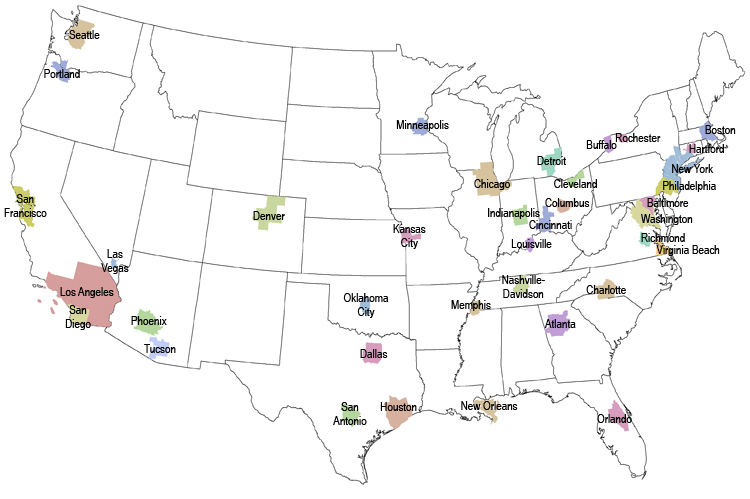Accessibility is the ease of reaching destinations, as opposed to mobility, which is the ease of movement. In areas offering great proximity, accessibility can be high, even with low mobility. Mobility, proximity, and (remote electronic) connectivity are all means to accessibility.


download accessiblity pdfs by region
download accessibility pdfs by destination and mode